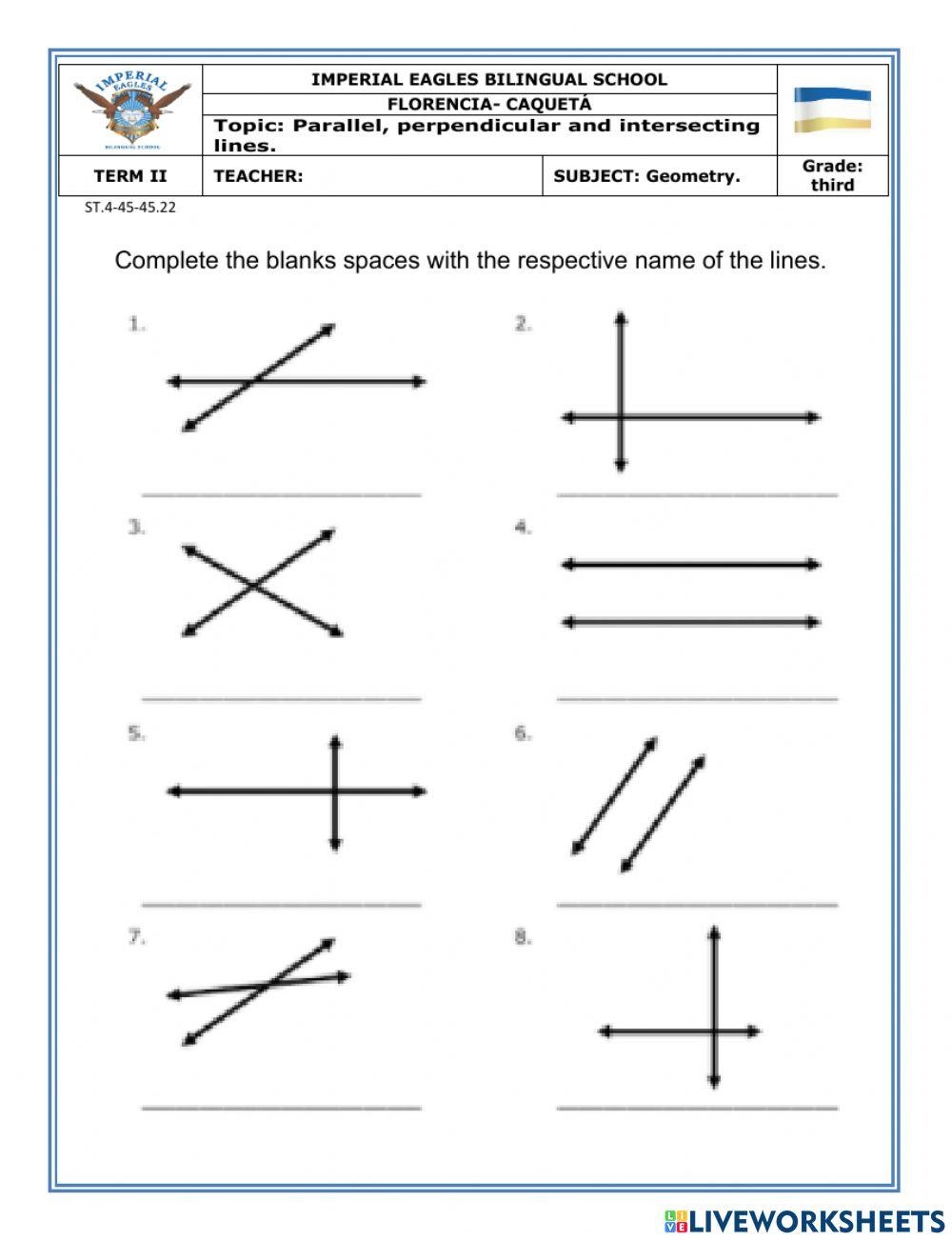When studying geometry, understanding the concepts of parallel and perpendicular lines is essential. Parallel lines are two or more lines that never intersect, no matter how far they are extended. Perpendicular lines, on the other hand, are two lines that intersect at a 90-degree angle. Being able to identify and work with parallel and perpendicular lines is a fundamental skill in geometry.
One way to practice and reinforce your knowledge of parallel and perpendicular lines is through a worksheet. These worksheets typically contain a variety of exercises and problems that challenge students to identify, draw, and work with parallel and perpendicular lines. They are a great way to test your understanding of the concepts and improve your skills in this area.
On a parallel and perpendicular lines worksheet, you may encounter questions such as identifying pairs of parallel or perpendicular lines in given shapes, drawing parallel or perpendicular lines to a given line, or determining the equation of a line that is parallel or perpendicular to another line. These exercises require critical thinking and problem-solving skills, making them an effective way to deepen your understanding of the topic.
Working through a parallel and perpendicular lines worksheet can also help you improve your geometry skills overall. By practicing with different types of problems and scenarios, you can enhance your ability to analyze geometric relationships and properties. This can be especially helpful when moving on to more advanced topics in geometry or other areas of mathematics.
In conclusion, parallel and perpendicular lines worksheets are valuable tools for practicing and mastering the concepts of parallel and perpendicular lines. By working through a variety of exercises and problems, you can improve your understanding of these fundamental geometric concepts and enhance your problem-solving skills. So, next time you’re looking to sharpen your geometry skills, consider tackling a parallel and perpendicular lines worksheet.
